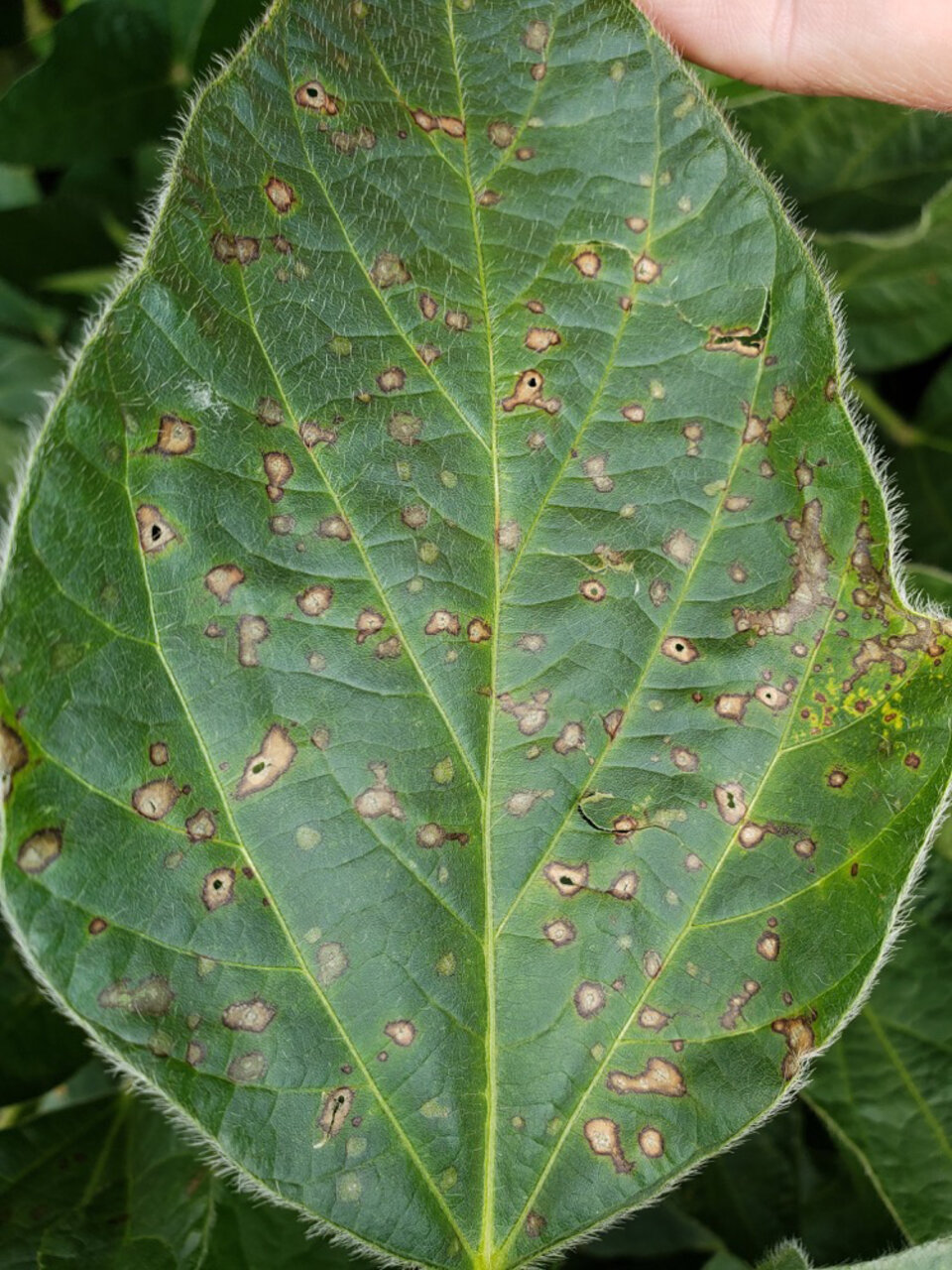It should come as no surprise that one of Nebraska's most economically important crops is soybeans. The USDA National Agricultural Statistics Service reported that 5.4 million acres of soybeans were planted in Nebraska in 2020, maintaining the state's rank as one of the top five soybean producers in the nation. Nebraska is also among the nation's leaders in soybean yield, with an average yield of 58.5 bushels per acre in 2019.
Nebraska is also home to some of the most advanced soybean research in the world, with the University of Nebraska-Lincoln leading the way in developing new techniques for increasing yields and improving the quality of soybean crops. Many Nebraska farmers also have access to irrigation systems, allowing them to consistently produce high-quality soybeans.
Soybeans are a major source of protein for both humans and livestock, and Nebraska is among the nation's leaders in both beef and pork production. The state's soybean crop is a major component of the feed used in these industries, as well as in the production of other animal products such as dairy and eggs.
Despite improvements in soybean management, plant pathogens still play a contributing role in preventing soybean from reaching its true yield potential. Nebraska is estimated to lose over 9 million bushels a year on average to pathogens. The most damaging of these diseases in Nebraska and across the north central region include soybean cyst nematode, sudden death syndrome, Sclerotinia stem rot (white mold), Phytophthora stem and root rot, frogeye leaf spot, and other seedling diseases. Ongoing research and the adoption of improved cropping practices are helping to address these challenges and ensure the continued success of Nebraska's soybean industry.
Contact:
Dylan Mangel
Extension Plant Pathologist
Focus: Soybean
(402) 472-2559
dylan.mangel@unl.edu
Faculty Bio

Contact:
Tamra Jackson-Ziems
Extension Plant Pathologist
Focus: Corn, Sorghum and Soybean
(402) 472-2559
tjackson3@unl.edu
Faculty Bio


Soybean Diseases
- Anthracnose
- Bacterial Blight
- Bacterial Pustule
- Bean Pod Mottle Virus
- Brown Spot
- Brown Stem Rot
- Charcoal Rot
- Frogeye Leaf Spot
- Phytophthora Root and Stem Rot
- Pod and Stem Blight
- Purple Seed Stain
- Red Crown Rot
- Rhizoctonia Root Rot
- Sclerotinia Stem Rot (White Mold)
- Soybean Cyst Nematode (SCN)
- Soybean Mosaic Virus
- Soybean Rust
- Stem Canker
- Sudden Death Syndrome (SDS)

